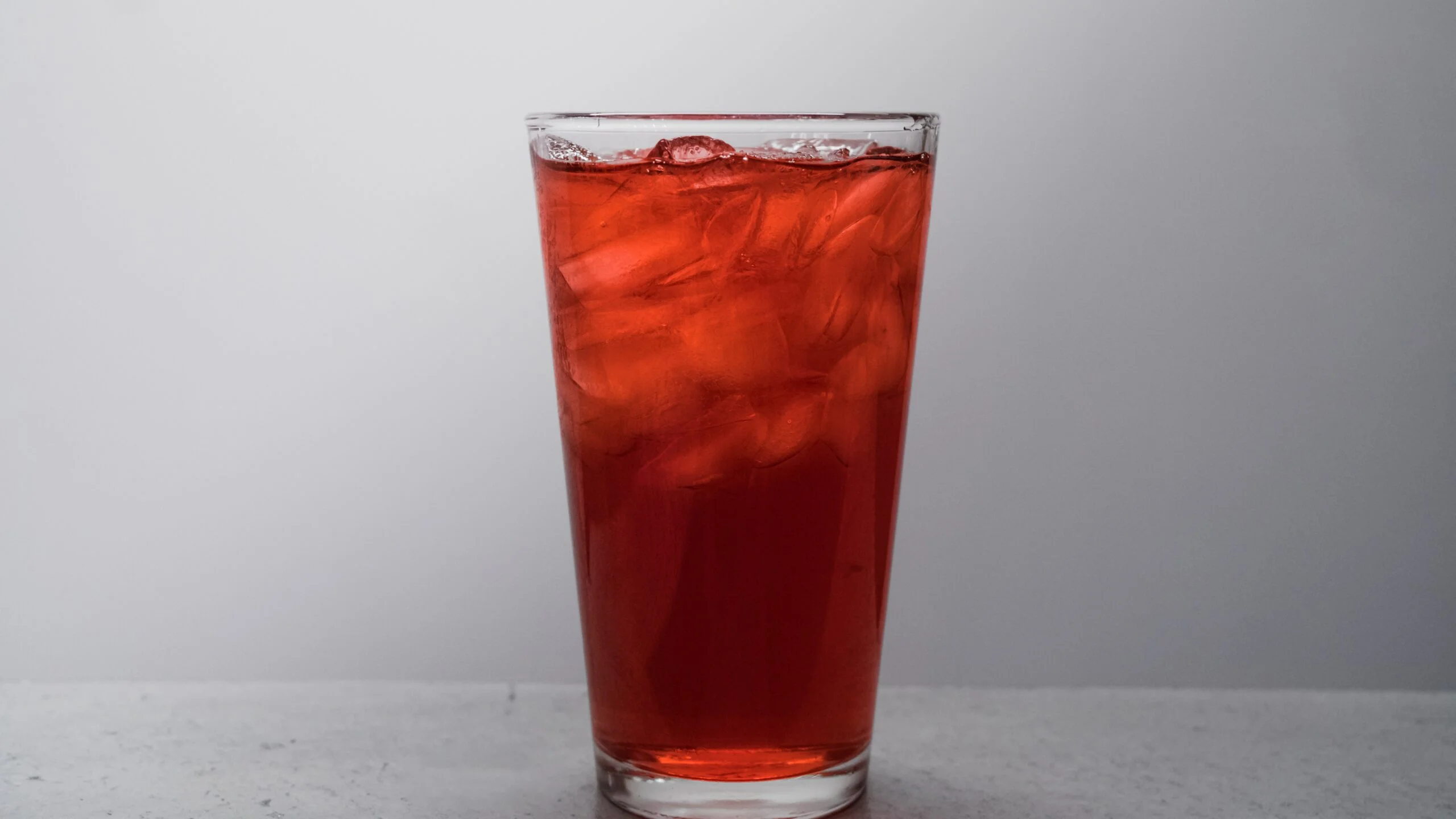Wondering how to keep your children’s minds active this summer in an innovative way? Encourage your kids to be attentive and use their creative sides by exploring crafty uses for everyday things with these simple science projects.
For starters, foster kids’ observation skills and enhance their sense of direction by asking them questions about the Earth, sun and moon. Use toy balls or wadded up pieces of paper to show the position of the Earth, sun and moon and how they move relative to each other. Explain how we see the light of the sun reflected on the moon at night. Clue them in to the four phases of the moon and draw pictures of them with your children. You’ll want to include the full moon, half moon, three-quarters moon (or Gibbous moon) and one-quarter moon.
The next time there is a half-moon or quarter-moon visible at night, point to the tips. Have kids point to the top tip and follow an imaginary line with their finger to the other tip all the way down to Earth. Let your children know that by playing this game they can forever know their direction at night because the moon tips always point south. Once you know where south is located, you can easily determine north, west and east. Your kids will never look at the moon the same way again!
For a fun project, show that air pressure, which we don’t really feel, is acting upon objects around us.
What you’ll need: •Cup of water •Straw
What to do: Fill a cup with water almost to the top. Push a straw into the cup to the bottom. Press your forefinger on the top of the straw and lift it out of the cup. Amazingly, the water won’t fall from the straw until you move your finger off the straw. When you cover the top of the straw, air pressure is blocked from pushing down on the water. When you lift the straw out of the water, air pressure at the bottom keeps the water from running out. Once you remove your finger from the top, air pressure pushes on the water and it runs out.
Further demonstrate air pressure with this sneaky experiment that provides unexpected results.
What you’ll need: •Scissors •Piece of newspaper or notebook paper
What to do: Cut a piece of paper into a strip that’s approximately five-inches long and one-inch wide. Hold the paper above your mouth and blow underneath it. As expected, it will move upward. Next, hold the paper just below your mouth and blow above its surface. You should be surprised to discover that the paper also rises. This is because fast-moving air has less pressure than non-moving air. This is called the Bernoulli Principle and explains the curved-edge design of bird wings, aircraft wings, automobile spoilers and Frisbee flying disks.
Also try this: Hold two strips of paper about an inch apart and blow between them. You’d expect them to separate, yet they actually move toward each other. That is because the fast-moving air from your mouth has less pressure than the air on the outside of the paper strips, causing them to collapse.
Demonstrate the Bernoulli Principle again by making a fun toy.
What you’ll need: •Sheets of paper •Scissors •Tape
What to do: Cut eight square pieces of paper, the size is not critical, and lay them on a table so that one point is positioned upward. Next, fold the paper in half so it forms a triangle. Place the right half of the triangle so its point is placed on top of the bottom one and press it firmly. Fold the remaining seven paper squares into the same shape. Push the left point of one piece of paper into the right side opening of another. Continue pushing the remaining pieces of paper into the other pieces until it forms the eight-sided disk shape. Apply tape to keep the pieces of paper from coming apart. Fold down the outer edge of the octagonal shape. This curved edge, like a bird or airplane wing, provides a longer flight because of the Bernoulli Principle.
You can now fling the sneaky disk like a Frisbee. Have your children make more disks and share them with their friends. Then the neighborhood can benefit from entertaining scientific exploration and be inspired to think, dream and stay active this summer.




